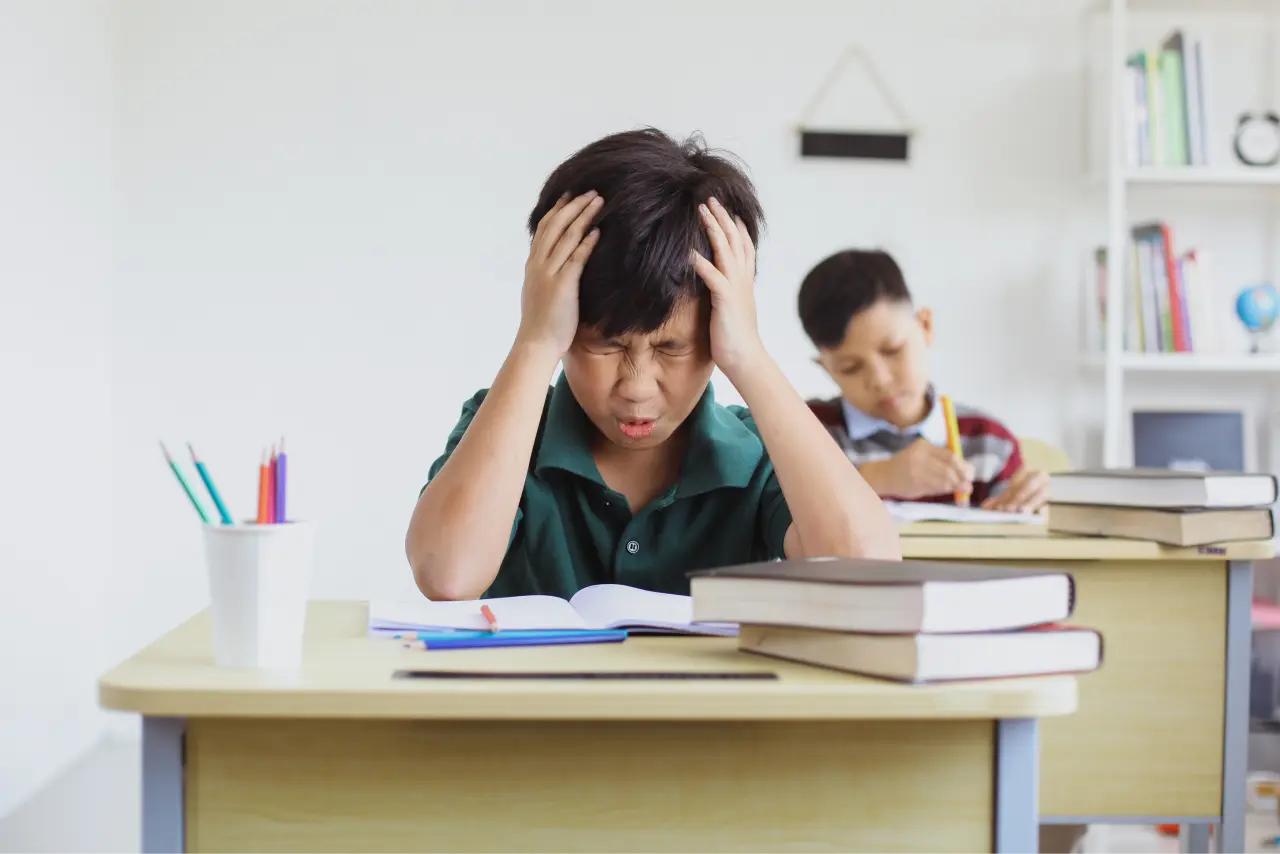Bridging the Learning Gap
Bridging the Learning Gap: Understanding Remedial Teaching and Special Education
In today’s diverse classrooms, educators face the challenge of meeting the needs of all learners—each with unique strengths, struggles, and learning profiles. Two powerful approaches that play a vital role in supporting struggling students are Remedial Teaching and Special Education. While often used interchangeably, they serve distinct yet complementary purposes.
What Is Remedial Teaching?
Remedial teaching is targeted instruction designed to help students who are underperforming academically. These students may not have a diagnosed disability but still struggle with foundational skills in areas like reading, writing, or mathematics.
Key features of remedial teaching include:
►Skill-based instruction focused on catching up with grade-level expectations
►Short-term intervention, often in small groups or one-on-one settings
►Use of multisensory learning strategies and frequent practice
►Emphasis on closing learning gaps and building student confidence
It’s essentially a “second chance” for students to master essential concepts they may have missed along the way.
Key Characteristics of Remedial Teaching:
►Individualized Instruction: Lessons are tailored to address each learner’s unique academic deficits, ensuring targeted remediation
►Focus on Foundational Skills: Emphasis is placed on core competencies, particularly literacy, numeracy, and language acquisitions.
►Paced and Structured Learning: Instruction proceeds at an adaptive pace with increased repetition and practice to facilitate mastery and retention.
►Differentiated Instructional Strategies: Utilizes diverse pedagogical approaches, including multisensory methods, to align with students’ learning profiles.
Remedial teaching is typically delivered in small-group or one-on-one settings within primary and secondary educational contexts.
Who Can Benefit from Remedial Teaching?
Students who exhibit the following may benefit from remedial interventions:
►Below-Grade-Level Performance: Persistent difficulty achieving age-appropriate academic benchmarks in reading, writing, or mathematics.
►Specific Learning Difficulties: Challenges in decoding, spelling, writing fluency, numerical operations, or symbol recognition.
►Gaps in Foundational Knowledge: Deficiencies in prerequisite concepts due to interrupted or ineffective prior learning.
►Slow Academic Progress: Minimal gains despite regular classroom instruction and support.
►Language Acquisition Barriers: Struggles with academic content delivered in a second language.
►Attention and Executive Function Challenges: Issues with focus, organization, or sustained attention, often observed in learners with ADHD.
Eligibility is typically determined via diagnostic assessments, teacher evaluations, performance metrics, and, in some cases, psychoeducational testing.
Indicators of Need for Remedial Teaching:
► Reading and Writing Deficits
►Poor letter-sound correspondence
►Difficulty decoding words
►Weak spelling, illegible handwriting
►Avoidance of reading tasks
►Weak Comprehension Skills
►Limited understanding of oral or written materials
►Struggles to follow multi-step instructions
►Mathematical Challenges
►Difficulty with basic arithmetic operations
►Number reversals or conceptual misunderstandings (e.g., time, measurement)
►Low Self-Efficacy and Motivation
►Reluctance to engage in academic activities
►Quick frustration and frequent declarations of failure
►Attention and Concentration Deficits
►Frequent distractibility
►Inability to sustain focus on tasks
►Inconsistent Academic Outcomes
►Fluctuating grades despite consistent effort
►Higher oral than written performance
►Memory and Retention Difficulties
►Rapid forgetting of learned material
►Difficulty recalling prior knowledge
What Is Special Education?
Special Education, on the other hand, is designed for students with diagnosed learning disabilities, developmental delays, emotional or behavioural disorders, physical impairments, or intellectual disabilities. These students require individualized educational plans (IEPs) and specific accommodations or modifications to access the curriculum.
Special Education involves:
►Customized instruction based on the student’s specific disability
►Long-term educational planning and support
►Collaboration between teachers, special educators, therapists, and parents.
►Individualized education plan ( IEP )
►Functional academics
►Life skills and daily living skills
►Academic skills remediation
►Collaboration and inclusion
How Are They Different?
Aspect |
Special education |
Remedial education |
Definition |
Education designed for students with disabilities or special needs. |
Extra teaching provided to help students who are in behind in academics. |
Target group |
Children with physical, intellectual, emotional, sensory, or learning disabilities. |
Children with learning gaps or difficulties, but no diagnosed disability. |
Assessment basis |
Based on medical/ psychological diagnosis and formal evaluation. |
Based on academic performance and classroom assessments. |
Goals |
Focuses on developmental, functional, and academic progress. |
Focuses on improving specific academic skills (e.g., reading, math) |
Instruction method |
Highly individualized; may include therapy, assistive devices, and special strategies. |
Uses focused teaching strategies to address academic weakness. |
Duration |
Long-term or lifelong support, depending on the disability. |
Usually short- term support until the student catches up the grade- level standard |
Learning environment |
May be in special classrooms or inclusive settings support. |
Usually in regular classrooms or in after- school programs. |

